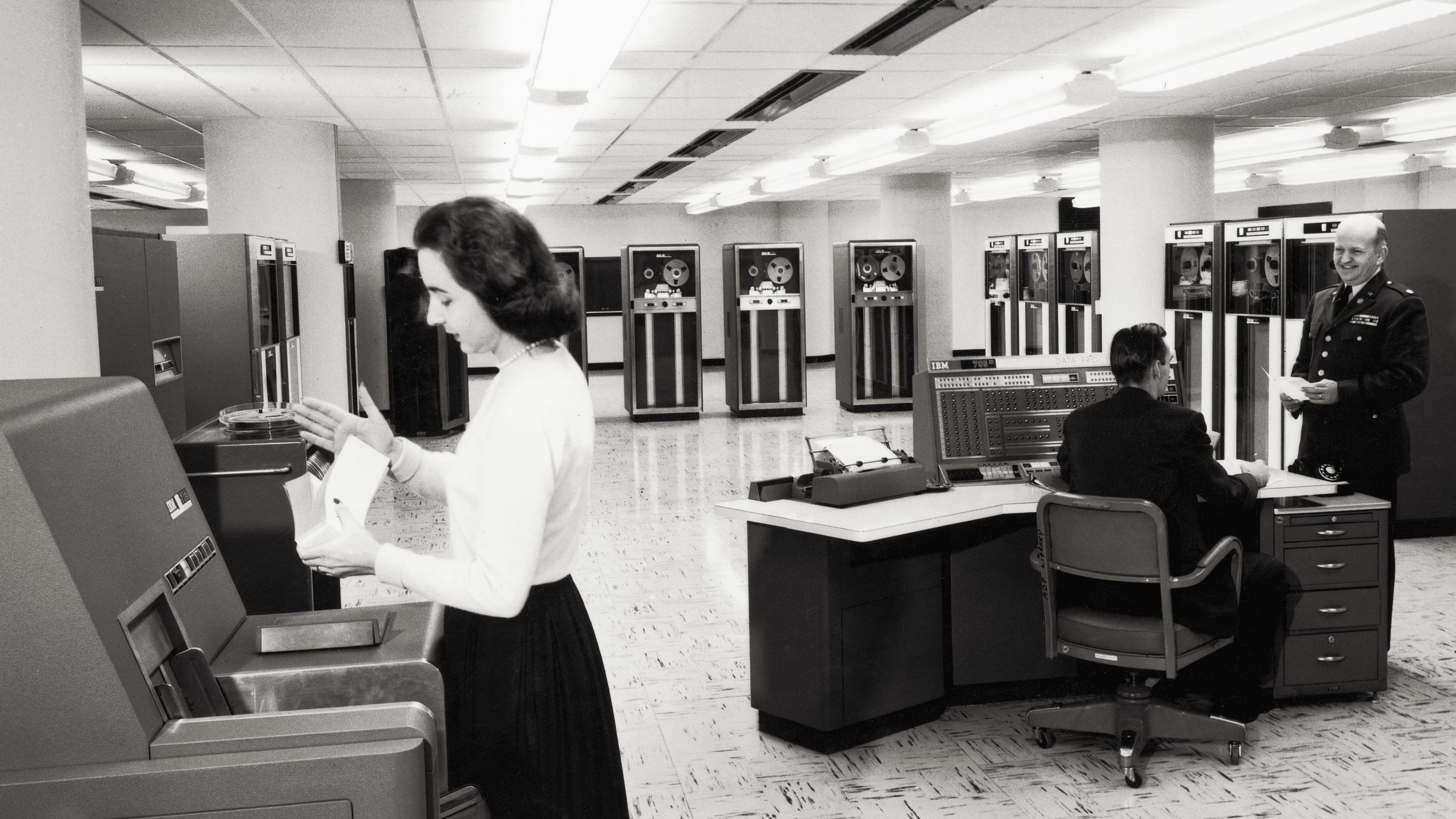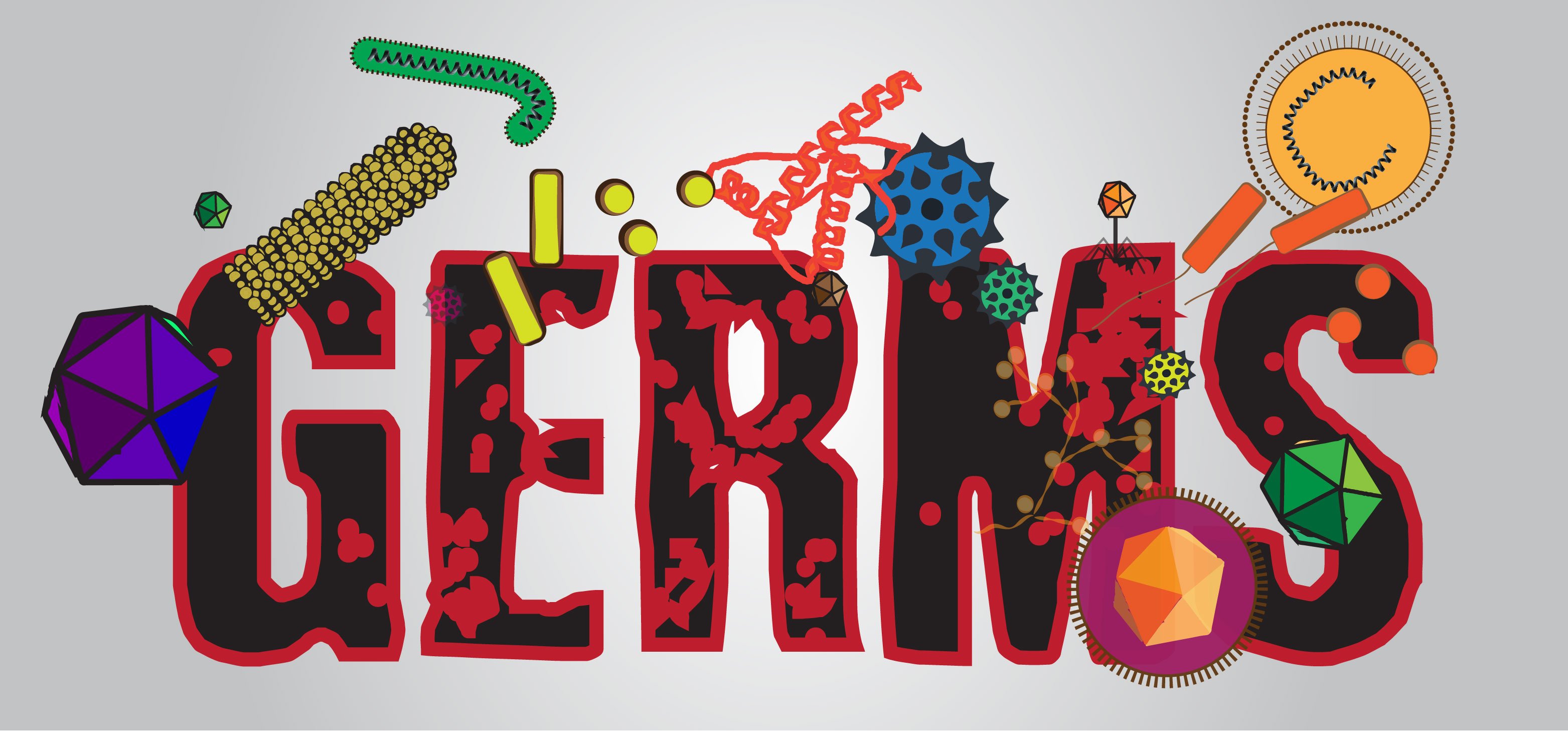MyGeodata Converter [https://mygeodata.cloud/] is a SaaS (Software as a Service) platform designed for the conversion, transformation, and processing of vector and raster spatial data. Launched in 2010, it was created to address the need for an easy and efficient way to convert and transform GIS and CAD data without requiring software installation or specialized knowledge. […]
MyGeodata Converter [https://mygeodata.cloud/] is a SaaS (Software as a Service) platform designed for the conversion, transformation, and processing of vector and raster spatial data. Launched in 2010, it was created to address the need for an easy and efficient way to convert and transform GIS and CAD data without requiring software installation or specialized knowledge. While it caters to professionals, it is especially suited for the general public, offering simplicity and user-friendliness.
Spatial data conversions often come with challenges that, without the necessary expertise, can lead to incorrect results. MyGeodata Converter mitigates these potential issues by dynamically adapting the steps and options of its conversion wizard based on the type and content of the data. Additionally, many parameters are automatically configured to ensure optimal results, relieving users of the need to fine-tune settings manually.
The platform supports dozens of vector and raster formats and allows data transformation into countless coordinate reference systems (CRS). When input data lacks CRS information and users are unsure of the correct CRS, they can define the data’s geographic extent on a map. The wizard then narrows down the list of applicable CRSs based on the defined area and the original data’s coordinate range. Similarly, the selection of output CRSs is also limited to suitable options.
MyGeodata Converter includes advanced features such as parsing HTML tables embedded in the Description attribute of KML/KMZ files. These are converted into standard attribute columns in the output file. When exporting non-point data to CSV or XLSX, users can choose to export either the centroids of features or all their vertices. During CSV/XLSX import, columns containing XY, Lat/Lon, GPS coordinates, or WKT geometry definitions are automatically detected. For multiple datasets, the platform allows merging them into a single output file, provided the data nature and output format support it.
In addition to its web interface, MyGeodata Converter offers an API, enabling seamless integration into enterprise workflows. The team behind the platform is highly responsive to user feedback and quickly implements requested features. For instance, one popular request was the ability to display geotagged photos in KMZ format (compatible with Google Earth) alongside user-defined attributes. You can read more about this feature here [https://help.mygeodata.cloud/knowledge-base/how-to-convert-photos-and-linked-attributes-from-csv-xlsx-into-kmz-files/].
At the turn of the year, we launched a completely redesigned version of MyGeodata Converter, opening up new possibilities for expanding our services through a shift to a new system architecture. In the near future, we plan to introduce geoprocessing tools that users can apply to their data. We also aim to keep pace with emerging formats and standards introduced in new versions of GDAL, a critical library underpinning MyGeodata Converter.
It is worth noting that GeoCzech, Inc., the company behind MyGeodata Converter, is a bronze sponsor of the GDAL project, contributing significantly to the development of this essential open-source library.
Antonín Orlík, President & CEO, GeoCzech, Inc.
Joseph Kerski: After admiring these tools and site for a long time, I asked Antonín Orlík to write about the site for the readers of Spatial Reserves. Antonín was very kind to do so. I also wish to share 3 additional items here: First, part of the challenge of effectively using spatial data is converting from one format to another. The MyGeodata Converter is an incredibly useful resource to enable data analysts to do just that. Second, as we have talked about many times over the past decade on this blog, be cautious about the tools you are using. Tools-in-the-cloud are commonplace now but do your homework, investigate the sites, read the reviews, and make sure the sites have no malware or dangerous-to-click on ads that may do harm. The MyGeodata Converter has nothing like that – it was created to serve the GIS community, plain and simple. Third, I have used MyGeodata Converter for converting GPX files to CSV so I can map some of my fitness walks and runs in ArcGIS Online map viewer and an ArcGIS 3D Scene. I do this using the Free plan, but there are basic, standard, and premium plans, all very inexpensive, saving hte data user many hours, if not days. But there is so much more you can do with these resources than what I have done recently, as Anthony makes clear above.
I highly recommend using this resource!
—Joseph Kerski









